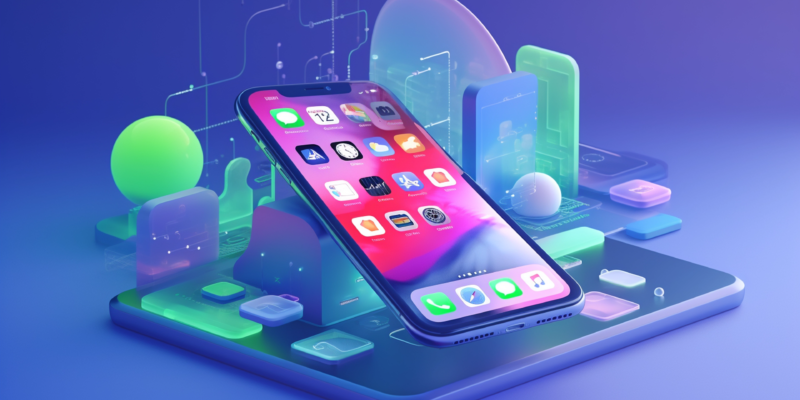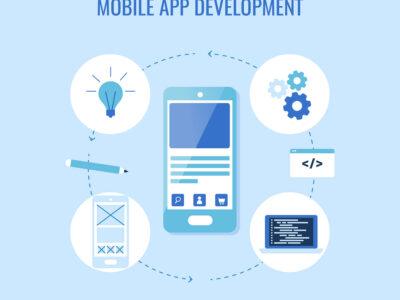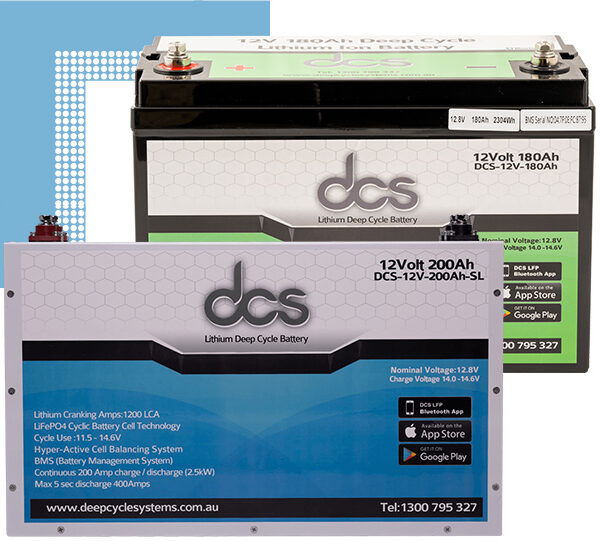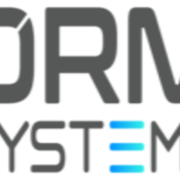
In today’s tech-savvy world, the integration of Machine Learning (ML) into mobile applications is no longer just a futuristic concept; it is a fundamental requirement for enhancing user experiences and adding sophisticated features. This is particularly true for iOS app development, where developers are leveraging ML to create smart, responsive applications that cater to users’ needs in innovative ways. In this blog, we will explore how Machine Learning can be integrated into iOS applications, focusing on its applications, benefits, and the role of iPhone app development services in this process. We will also examine successful use cases, including the Wall Street Mobile App, which exemplifies the power of machine learning in the finance sector.
1. Understanding Machine Learning in iOS Development
Machine Learning involves the use of algorithms and statistical models to enable software applications to perform tasks without explicit instructions. In the context of iOS app development, this technology allows apps to learn from user interactions and improve their functionalities over time. Key components of ML in iOS include:
- Core ML: Apple’s framework that facilitates the integration of machine learning models into apps.
- Natural Language Processing (NLP): Allows apps to understand and process human language, enhancing communication features.
- Computer Vision: Empowers apps to interpret and make decisions based on visual data, crucial for photo and video-related functionalities.
As developers integrate ML into their projects, they can significantly enhance the performance and utility of their applications.
2. Benefits of Integrating Machine Learning in iOS Apps
Integrating machine learning into iOS app development offers numerous advantages:
2.1 Personalized User Experiences
Machine Learning enables apps to analyze user behavior and preferences, allowing for a tailored experience. For instance, the Wall Street Mobile App uses ML to analyze users’ financial habits and provide personalized investment advice. This level of customization fosters user engagement and satisfaction.
2.2 Enhanced Functionality
With the ability to process and analyze vast amounts of data, ML can add functionalities that would be impossible to implement manually. For example, apps can offer real-time translation, predictive text input, or automated image recognition features that enhance usability.
2.3 Improved Decision Making
Machine Learning algorithms can assist users in making better decisions. Financial apps can analyze market trends and provide actionable insights, while health-related apps can monitor users’ activity levels and suggest improvements based on their fitness data.
2.4 Automation of Routine Tasks
Integrating ML can automate various routine tasks, reducing the time users spend on mundane activities. For example, photo editing apps can automatically enhance images, while finance apps can automatically categorize expenses.
3. Key Applications of Machine Learning in iOS App Development
Here are some prominent applications of Machine Learning that showcase its potential in iOS app development:
3.1 Image Recognition and Processing
Apps leveraging computer vision can analyze images and detect objects or scenes. This is particularly useful in social media apps for tagging friends or in shopping apps for visual searches. Tools like Core ML make it easy to implement these features without extensive machine learning knowledge.
3.2 Voice Recognition
Voice-activated commands are becoming increasingly popular in mobile apps. By integrating NLP capabilities, iOS applications can respond to voice commands, enhancing accessibility for users. This is especially valuable in navigation or hands-free scenarios.
3.3 Predictive Analytics
In apps like the Wall Street Mobile App, predictive analytics can forecast market trends based on historical data. Users can receive alerts on potential investment opportunities, helping them make informed decisions.
3.4 Health Monitoring
Healthcare apps can utilize ML to analyze user data from wearables and provide insights into health trends. By recognizing patterns in user activity, these apps can suggest personalized fitness regimes or dietary plans.
4. Steps to Integrate Machine Learning in iOS Apps
Integrating Machine Learning into your iOS application involves several steps:
4.1 Identify the Use Case
Determine how ML can enhance your app’s functionality. For instance, if you’re developing a finance app like the Wall Street Mobile App, consider using predictive analytics to help users make informed investment choices.
4.2 Choose the Right ML Framework
Apple’s Core ML is the primary framework for integrating ML models in iOS apps. It supports various models and simplifies the process of model integration and deployment.
4.3 Train Your ML Model
Use a dataset relevant to your application to train your model. You may need to employ tools like Create ML for model training and evaluation.
4.4 Integrate and Test
Integrate the trained model into your app using Core ML and test its performance. Ensure the model delivers accurate results and enhances user experience.
4.5 Deploy and Monitor
Once integrated, monitor the app’s performance and gather user feedback. Continuous improvement is key to maintaining the app’s relevance and effectiveness.
5. Best Practices for Implementing ML in iOS App Development
5.1 Collaborate with iOS App Development Companies
Engaging with professional iOS app development services can enhance the quality of your app. These companies possess the expertise required to effectively implement ML features and can provide insights on best practices.
5.2 Focus on User Privacy
When collecting user data for ML purposes, prioritize user privacy. Ensure compliance with data protection regulations and be transparent about how user data will be utilized.
5.3 Optimize Performance
Machine learning models can be resource-intensive. Optimize your models to ensure they perform well on mobile devices without draining battery life or consuming excessive resources.
5.4 Keep the User Experience in Mind
Always consider how ML features impact user experience. Features should enhance, not complicate, the overall usability of the app.
6. Choosing the Right iOS App Development Agency
When looking to integrate Machine Learning into your app, selecting the right iOS app development agency is crucial. Here are some tips to consider:
6.1 Evaluate Their Expertise in Machine Learning
Look for companies with a strong background in iOS app development services and proven experience in integrating ML into applications. Review their portfolio and case studies to understand their capabilities.
6.2 Read Client Testimonials
Client feedback can provide valuable insights into the agency’s reliability and quality of service. Look for testimonials that mention successful ML integrations.
6.3 Assess Communication and Collaboration
Effective communication is essential for the successful development of your app. Ensure that the agency is open to collaboration and can provide regular updates throughout the development process.
7. Successful Case Studies of Machine Learning Integration in iOS Apps
7.1 The Wall Street Mobile App
The Wall Street Mobile App stands out as an excellent example of how ML can enhance the functionality of finance applications. By utilizing predictive analytics, the app can provide users with real-time market updates, personalized investment recommendations, and portfolio management tools. This level of sophistication not only makes investing more accessible but also empowers users to make informed decisions based on current market conditions.
7.2 Health Monitoring Apps
Apps like MyFitnessPal leverage ML to analyze dietary habits and offer personalized meal plans. By integrating machine learning, these apps can learn from user input and adapt suggestions to align with individual goals, resulting in improved user engagement and satisfaction.
7.3 Image Editing Applications
Applications such as Prisma use ML for real-time photo editing, enabling users to transform images into artistic masterpieces. By recognizing patterns and styles in photos, the app can apply filters intelligently, enhancing the user experience significantly.
8. Conclusion
Integrating Machine Learning into iOS app development represents a significant leap towards creating intelligent, responsive applications that meet the ever-evolving needs of users. With frameworks like Core ML and the capabilities of iPhone app development services, developers can create apps that not only enhance user experience but also provide valuable insights and functionalities.
By focusing on best practices and collaborating with professional iOS app development companies, you can effectively leverage the power of Machine Learning to build innovative apps like the Wall Street Mobile App. As you embark on your app development journey, remember that the future of mobile apps lies in their ability to learn and adapt, ensuring they remain relevant and engaging for users. Embrace the potential of Machine Learning, and watch your iOS applications reach new heights.
This blog integrates keywords like “iOS App Development,” “iPhone app development services,” “iOS App Development Companies,” and others to optimize for SEO while providing valuable insights into Machine Learning’s role in enhancing mobile applications.











